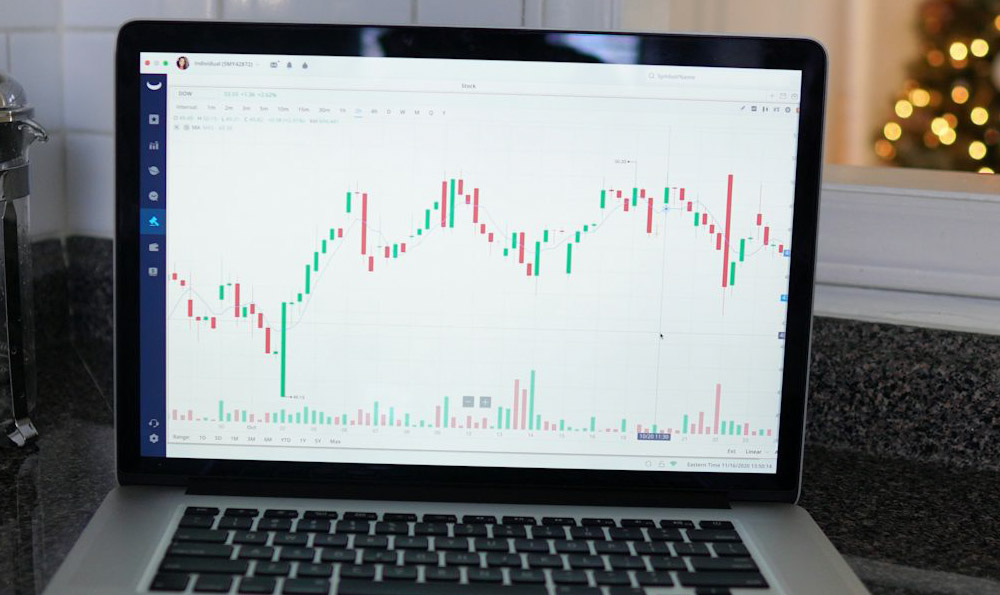How do ETFs generate returns, and what are the key profit drivers?
ETFs, or Exchange-Traded Funds, have surged in popularity as investment vehicles, offering diversification, liquidity, and often, lower expense ratios compared to traditional mutual funds. Understanding how ETFs generate returns and the key profit drivers is crucial for any investor considering including them in their portfolio. While they seem simple on the surface, a deeper dive reveals nuanced mechanisms at play.
Fundamentally, an ETF's return is derived from the performance of its underlying assets. Unlike individual stocks where price fluctuations directly impact an investor's position, an ETF mirrors the movement of a specific index, sector, commodity, or investment strategy. For instance, an S&P 500 ETF aims to replicate the returns of the S&P 500 index, which is a basket of 500 of the largest publicly traded companies in the United States. If the S&P 500 rises, the ETF tracking it should also rise, and vice-versa. The same principle applies to sector-specific ETFs like those focused on technology, healthcare, or energy, as well as bond ETFs that track bond indices or commodity ETFs that follow the price of gold, oil, or other commodities.
The primary driver of returns for an ETF, therefore, is the performance of these underlying assets. If the assets held by the ETF appreciate in value, the ETF's net asset value (NAV) and, consequently, its market price, will generally increase. This is the most significant source of return for most ETFs, particularly those tracking broad market indices. However, it's essential to recognize that the ETF's return is not always a perfect mirror image of the index it tracks. Factors like expense ratios, tracking error, and the mechanics of fund creation and redemption can influence the actual returns an investor experiences.

Expense ratios, as the name suggests, are the annual fees charged by the ETF provider to cover the costs of managing the fund. These fees are deducted from the ETF's assets, which directly impacts the overall returns. While seemingly small, even a fraction of a percentage point difference in expense ratios can accumulate significantly over the long term, especially in a compounding environment. Therefore, investors should pay close attention to the expense ratios of different ETFs tracking the same index to minimize costs and maximize returns.
Tracking error is another crucial concept. It refers to the difference between the ETF's actual performance and the performance of the index it is supposed to track. Some tracking error is inevitable due to the factors mentioned earlier, such as expense ratios and the timing of buying and selling securities. However, excessive tracking error can be a red flag, indicating inefficiencies in the ETF's management or complexities in replicating the index. Investors should examine an ETF's historical tracking error to assess how closely it follows its benchmark. Lower tracking error generally indicates better management and more predictable returns.
The mechanism of fund creation and redemption also plays a role in ETF returns. Unlike traditional mutual funds, ETFs do not directly issue or redeem shares to investors. Instead, they rely on authorized participants (APs), typically large institutional investors, who can create new ETF shares or redeem existing shares by exchanging them for a basket of the underlying securities. This process helps to maintain the ETF's market price close to its NAV. When demand for an ETF is high, APs can create new shares, which helps to keep the market price from rising significantly above the NAV. Conversely, when demand is low, APs can redeem shares, preventing the market price from falling too far below the NAV. This arbitrage mechanism helps to ensure the ETF trades closely to its fair value, minimizing price distortions and providing investors with a more accurate reflection of the underlying assets' performance.
Beyond simply mirroring an index, some ETFs employ strategies designed to enhance returns. These can include factor-based investing, also known as smart beta, where the ETF focuses on specific factors such as value, growth, momentum, or quality. For example, a value ETF may invest in companies with low price-to-earnings ratios, while a growth ETF may focus on companies with high earnings growth potential. These strategies aim to outperform traditional market-cap-weighted indices by tilting the portfolio towards factors that have historically delivered higher returns. However, it's important to note that smart beta strategies also come with their own risks, and past performance is not indicative of future results. The effectiveness of these strategies can vary depending on market conditions and the specific factors targeted.
Another strategy is dividend investing, where ETFs focus on companies that pay regular dividends. Dividend ETFs can provide a steady stream of income, which can be particularly attractive for income-seeking investors. The returns from dividend ETFs come from two sources: the capital appreciation of the underlying stocks and the dividend payments themselves. It’s vital to examine the dividend yield and payout ratio of these ETFs to assess the sustainability of the dividends. A high dividend yield might be tempting, but it could be unsustainable if the underlying companies are struggling to generate profits.
Leveraged ETFs and inverse ETFs represent a different breed altogether. Leveraged ETFs aim to amplify the returns of an underlying index, typically by a factor of two or three. For example, a 2x leveraged S&P 500 ETF aims to deliver twice the daily return of the S&P 500. Inverse ETFs, on the other hand, aim to deliver the opposite of the index's return. These ETFs are designed for short-term trading strategies and are not suitable for long-term holding. The daily compounding effect can significantly distort returns over longer periods, and investors can experience substantial losses if they hold these ETFs for extended periods. These are specialized tools, and understanding the risks involved is paramount.
In summary, ETFs generate returns primarily through the performance of their underlying assets. However, factors like expense ratios, tracking error, the creation/redemption mechanism, and the specific investment strategy employed all play a role in shaping the overall returns. Investors should carefully consider these factors when selecting ETFs and ensure that they align with their investment goals and risk tolerance. Understanding these dynamics empowers investors to make informed decisions and harness the potential of ETFs for wealth creation. Remember that diversification doesn't guarantee profit or protect against loss, but it is a cornerstone of sound investment strategy.















